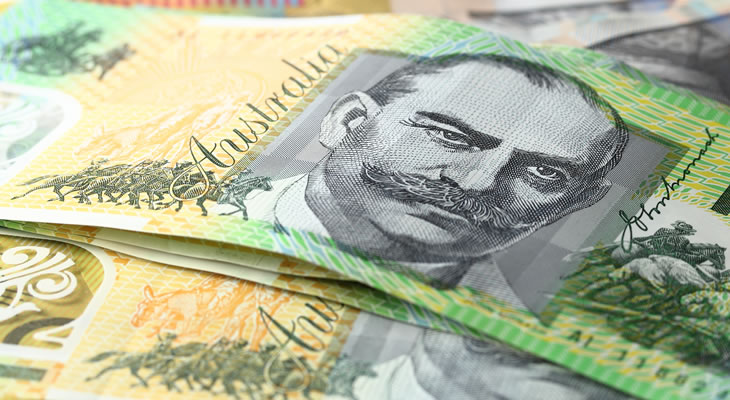- Pound Sterling (GBP) Rebounds from Recent Losses – Traders take advantage of low trade weighting
- Australian Dollar (AUD) Pushed Higher – Market sentiment improved by rebounding global stock values
- FOMC Rate Decision to Provoke Volatility – Hawkish Yellen could cause AUD losses
- ‘Brexit’ Developments to Continue to Drive Sterling Movement – implied volatility remains close to record levels.
After two consecutive days of Sterling losses, the resultant low trade weighting has caused investors to buy in to the UK unit. GBP exchange rates continue to struggle against ‘Brexit’ uncertainty, but recent positive domestic data added to tailwinds for the Pound.
Meanwhile, the Australian Dollar has advanced versus a number of its major peers thanks to improved market sentiment in response to positive Chinese data and an end to the steepest selloff in global equities since January.
Pound Sterling (GBP) Exchange Rate Strengthens after Unemployment Unexpectedly Dropped
The Pound Sterling to Australian Dollar (GBP/AUD) exchange rate was trending within a limited range in the early stages of Wednesday’s European session.
As mentioned above, the Pound’s uptrend was initiated by traders taking advantage of the low trade weighting. Although ‘Brexit’ uncertainty has stymied trader confidence, investors feel that recent losses have been overdone.
Domestic ecostats also provided a platform to push GBP higher. Claimant Count Rate, Jobless Claims Change, Average Weekly Earnings and Unemployment Rate all bettered the respective median market forecasts.
‘The healthy performance of the labour market provides more evidence that growth has not slowed markedly in the second quarter ahead of the looming referendum,’ said Ruth Miller at Capital Economics.
Whilst John Hawksworth, chief economic at PwC, stated;
‘Job creation has continued despite … drags on growth and regular pay growth has also edged up, helped by the introduction of the national living wage in April.’
The Pound Sterling to Australian Dollar (GBP/AUD) exchange rate is currently trending in the region of 1.9192.
Australian Dollar (AUD) Exchange Rate Boosted by Chinese Lending
Data out of China printed comparatively positively today, improving trader risk-appetite which supported demand for the high-yielding Australian Dollar. Of particular positivity was May’s New Yuan Loans which significantly exceed expectations of 750.0 billion, with the result actually reaching 985.5 billion.
‘The jump in new Yuan loans shows the People’s Bank of China’s (PBOC) determination to support growth, and the shrinking shadow financing, seen in aggregate financing data, shows its awareness of the risks,’ said Zhu Qibing, a Beijing-based analyst. ‘The PBOC has too many targets, so it inevitably swings back and forth in policies.’
Also supportive of risk-on trade was rallying European stocks, which signalled the end of the biggest selloff in global equities since January. China’s Shanghai Composite Index also advanced significantly after having dropped markedly during Asian trade.
‘It’s a sharp reversal so there has to be some government intervention,’ said Francis Lun, chief executive officer based in Hong Kong. ‘The Chinese government never wants to see the market falling too much.’
Australian ecostats were less impressive, however, limiting the appeal of the ‘Aussie’ (AUD). The data has been somewhat overshadowed by risk-on trade, however. June’s Westpac Consumer Confidence contracted by -1.0%.
The Pound Sterling to Australian Dollar (GBP/AUD) exchange rate dropped to a low of 1.9167 during Wednesday’s European session.
GBP to AUD Exchange Rate Forecast: FOMC Rate Decision to Provoke Volatility
Given that the Australian Dollar is sensitive to US Dollar movement, the Federal Open Market Committee (FOMC) interest rate decision should be impactful on the GBP AUD exchange rate.
Whilst few economists expect any changes to policy at this time, Federal Reserve Chairwoman Janet Yellen will be closely monitored in the accompanying press conference as traders attempt to gauge policy outlook.
Overnight, the Bank of Japan’s (BOJ) policy decision should also be impactful as avoidance of extending stimulus measures could see traders flock to the Yen, which would see reduced appeal for high-yielding assets.
The Pound Sterling to Australian Dollar (GBP/AUD) exchange rate climbed to a high of 1.9241 during Wednesday’s European session.


Comments are closed.